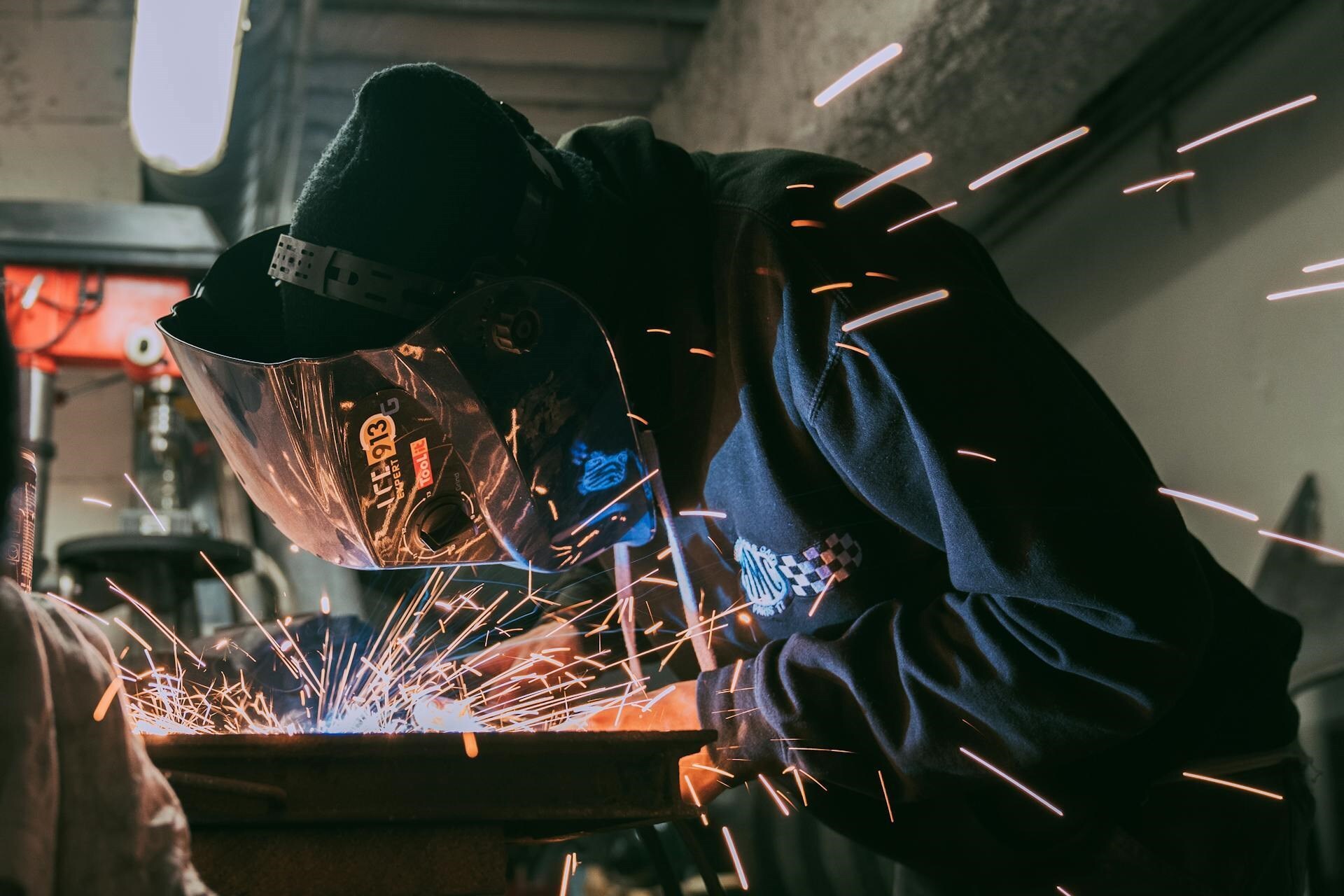

Alireza Jaanabadi, the Managing Director of an Iranian nanotechnology company, unveiled a significant step forward in welding material technology, copper–alumina nanocomposite tips designed to replace conventional copper alloys in resistance welding.
 Image for representational purposes only
Image for representational purposes only
Explore- Most accurate data to drive business decisions with 50+ reports across the value chain
Jaanabadi stated that the nanocomposite structure used in the product has been able to provide a more stable and resistant alternative to conventional alloys in resistance welding.
He explained that one of the biggest challenges in traditional copper alloys is their loss of strength at elevated temperatures. The softening of the crystal structure often limits electrode performance in high-heat industrial environments. However, in the new nanocomposite, aluminium oxide particles are distributed within the copper matrix in a way that prevents grain growth and structural changes due to heat, he added.
This innovative structure ensures that mechanical properties remain stable even under extreme temperatures, extending the electrode’s useful life in production lines. “In these types of alloys, strengthening occurs by adding or forming stable oxide particles, and unlike conventional alloys, oxide particles do not dissolve or grow within the structure. As a result, when the material is exposed to high temperatures, its mechanical strength will not significantly decrease,” Jaanabadi noted.
Don't miss out- Buyers are looking for your products on our B2B platform
Nanotechnology reshaping Iran’s welding industry
This advancement follows another Iranian success in May, when a local tech company developed wear-resistant flux-cored welding wires featuring self-forming nanostructures during the welding process. Though no nano-based raw materials are used, the in-situ formation of nanostructures enhances strength, wear, and impact resistance.
Haniyeh Farahi, the company’s R&D manager, explained, “Price reduction compared to foreign models, savings in material consumption with a deposition rate of 95 per cent, and welding without the need for shielding gas are among the advantages of these products.”
She further noted that the company’s anti-wear plates, containing nanometer-scale carboborides, are thinner and lighter and offer superior wear resistance compared to both domestic and international counterparts.
With an annual nano welding electrode capacity of 300 tonnes and current production nearing 120 tonnes, Iran’s nanotechnology-driven welding sector is rapidly gaining traction in industries ranging from steel to ceramics.
Must read: Key industry individuals share their thoughts on the hottest topics
Responses








